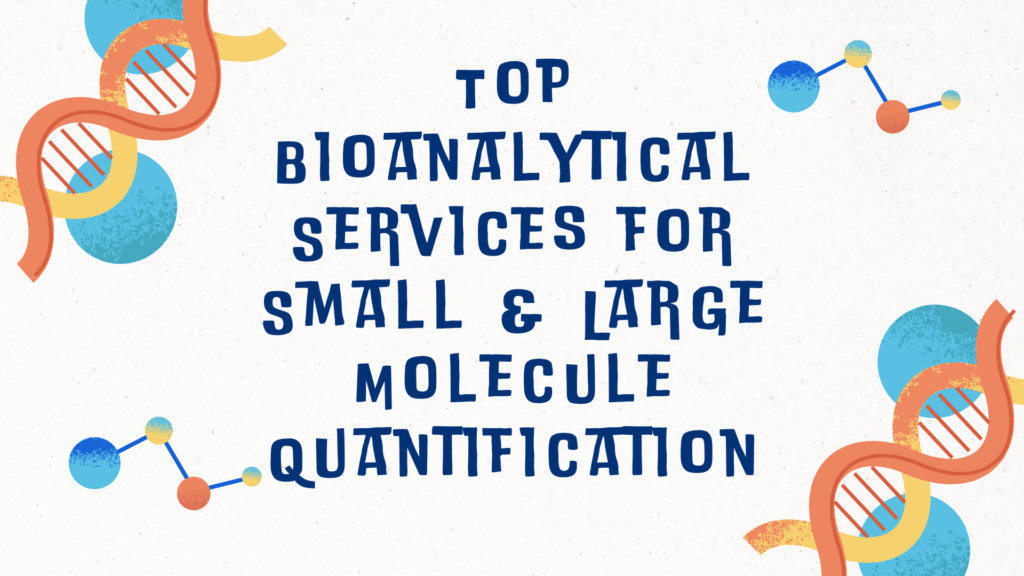Introduction
NDSRI impurity synthesis has emerged as a critical area of focus in pharmaceutical impurity profiling and regulatory compliance. Nitrosamine Drug Substance Related Impurities (NDSRIs) are complex, potentially carcinogenic compounds formed during drug manufacturing, especially under certain reaction conditions. With increasing global scrutiny and regulatory requirements, especially from agencies like the USFDA and EMA, the need for robust synthetic methods to identify and quantify these impurities has never been greater. At ResolveMass Laboratories Inc., we specialize in developing advanced NDSRI impurity synthesis workflows to support pharmaceutical manufacturers with validated, accurate data.
Our expertise in synthetic chemistry, combined with state-of-the-art instrumentation such as NMR for peptides (view service) and small molecules (view service), enables us to generate high-quality NDSRI impurity reference standards that are critical for method validation, impurity identification, and safety assessments.
What Are NDSRI Impurities?
NDSRIs are a subclass of nitrosamines formed due to interactions between drug molecules and nitrosating agents. These impurities are particularly concerning due to their potential mutagenic and carcinogenic properties. Understanding the pathways and synthetic routes to NDSRI impurity synthesis is essential for accurate risk assessments.
Importance of Synthetic Route Identification in NDSRI Impurity Synthesis
The development of synthetic routes for NDSRI impurities allows researchers to:
- Develop analytical reference standards.
- Assess process risks during manufacturing.
- Elucidate degradation mechanisms.
- Enhance method development workflows such as LC-MS/MS and GC-MS (see Nitrosamine Analysis).
H2: Primary Synthetic Routes for NDSRI Impurity Synthesis
1. Direct Nitrosation of Secondary Amines
This is one of the most common synthetic approaches, where a secondary amine (from API or intermediate) reacts with a nitrosating agent (e.g., NaNO2 under acidic conditions). This approach is straightforward but limited in scope for sterically hindered or functionalized amines.
2. Reductive Amination Followed by Nitrosation
Reductive amination is used to generate the secondary amine in situ, followed by nitrosation. This method mimics in-process scenarios in drug manufacturing, allowing simulation of impurity formation.
3. Oxidative Coupling and Subsequent Nitrosation
Oxidative routes involve first forming intermediates via coupling reactions and then subjecting them to nitrosating conditions. This is essential for synthesizing complex NDSRI impurity structures often observed in heterocyclic drug classes.
4. Solid-Phase Synthesis Techniques
To isolate unstable NDSRIs, solid-phase synthesis using immobilized amines offers a clean, controlled environment. This is ideal for trace impurity generation needed for analytical standard creation.
Choosing the Right Route: A Comparative Matrix
| Criteria | Direct Nitrosation | Reductive Amination | Oxidative Coupling | Solid-Phase Synthesis |
|---|---|---|---|---|
| Reaction Control | Low | Medium | High | Very High |
| Scalability | High | Medium | Low | Low |
| Suitability for Complex NDSRIs | Low | Medium | High | Very High |
| Yield Predictability | High | Medium | Low | Medium |
Real-Time Case Study: Synthesis of N-Desmethyl-Varenicline NDSRI
Background:
A leading pharmaceutical company approached ResolveMass Laboratories to synthesize the NDSRI impurity of a varenicline analog (a smoking cessation drug), triggered by EMA’s directive on nitrosamine risk assessment.
Synthetic Challenge:
The target molecule had a quaternary carbon center adjacent to the nitrosamine group—posing significant steric hindrance.
Our Approach:
- Route Chosen: Reductive amination followed by in situ nitrosation.
- Steps: 6-step synthesis, including controlled pH adjustment and selective reduction.
- Yield: Final yield 27%.
- Purity: >98% (confirmed via NMR and LC-MS/MS).
- Turnaround: 14 business days.
Outcome:
Successfully synthesized 25 mg of the NDSRI impurity with full structural confirmation using NMR (see NMR small molecule) and peptide mapping workflows (NMR peptides).
Analytical Confirmation of NDSRI Impurity Synthesis
Once synthesized, the NDSRI impurity undergoes:
- NMR Structural Elucidation (ResolveMass NMR Services)
- Mass Spectrometry
- LC-MS/MS quantification
- GC-MS headspace analysis
These techniques are cross-validated with available ICH M7 or regulatory guidelines.
Role of NDSRI Impurity Synthesis in Regulatory Compliance
Understanding the synthetic origin of NDSRIs allows submission of detailed risk mitigation plans to regulators. It strengthens your case during:
- ANDA/NDA filings
- DMF submissions
- CAPA reports post-audit
ResolveMass offers full-spectrum analytical and synthetic services to ensure you are compliant from synthesis to documentation. Contact us now to discuss your regulatory challenges.
Conclusion
NDSRI impurity synthesis is essential for ensuring the safety and compliance of pharmaceutical products. At ResolveMass Laboratories Inc., our multi-disciplinary approach, combining synthetic chemistry, analytical rigor, and regulatory awareness, makes us your most reliable partner for NDSRI impurity challenges. Whether it’s synthesizing a simple nitrosamine or a highly complex structure, we ensure precision and efficiency at every step.
References
- European Medicines Agency. “Questions and answers on nitrosamines in medicines.” https://www.ema.europa.eu/en
- USFDA. “Control of Nitrosamine Impurities in Human Drugs” Guidance. https://www.fda.gov/media/141720/download
- M. Herrmann et al., “Synthesis and analysis of complex nitrosamines,” J. Pharm. Biomed. Anal. (2021). DOI: 10.1016/j.jpba.2021.114406
CONTACT US
Explore our nitrosamine analysis services, NMR for peptides, or NMR for small molecules today. Ready to start? Contact us to discuss your project.
ICH Q3E Guideline for Extractables and Leachables: Complete Technical Breakdown for 2025
INTRODUCTION The ICH Q3E guideline for Extractables and Leachables provides the international standard for evaluating…
Extractables and Leachables (E&L) Testing in the USA vs. Europe: Regulatory Differences
INTRODUCTION Extractables and Leachables (E&L) Testing in the USA vs. Europe: Regulatory Differences is one…
The Role of Extractables and Leachables (E&L) in Carcinogenicity Risk
Introduction Extractables and Leachables Carcinogenicity Testing plays a vital role in protecting patients who rely…
Case Study: Forced Degradation Study of Gimeracil — Discovery and Structure Elucidation of Novel Impurities
Introduction Forced degradation studies are a cornerstone of modern pharmaceutical development, enabling scientists to intentionally…
Affordable Bioanalytical Services for Start-Up Biotech: What to Expect
INTRODUCTION Affordable bioanalytical services for start-up biotech companies provide the essential analytical support needed to…
Top Bioanalytical Services for Small & Large Molecule Quantification
Introduction Bioanalytical services for small & large molecule quantification are essential for ensuring precision, sensitivity,…







